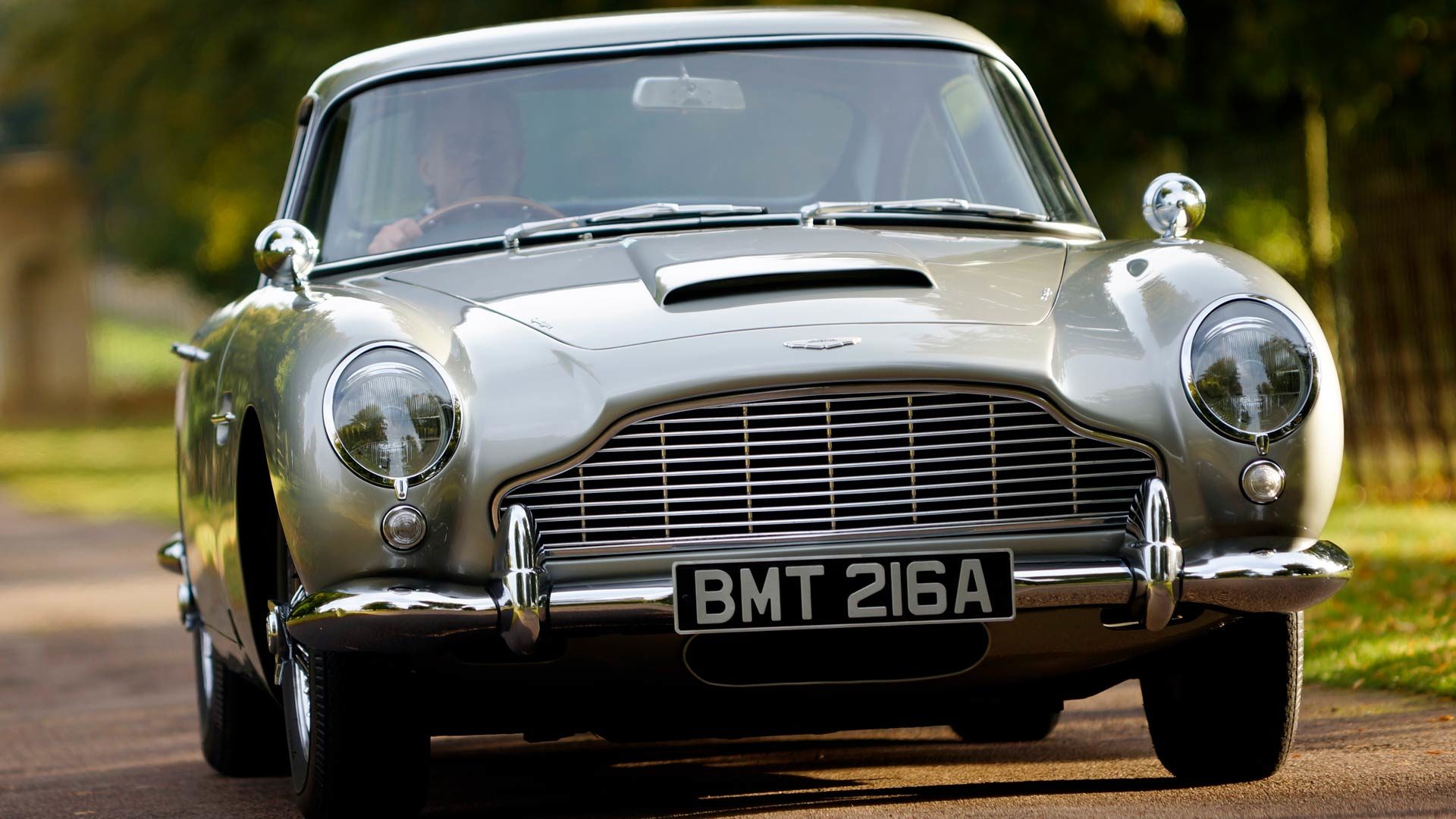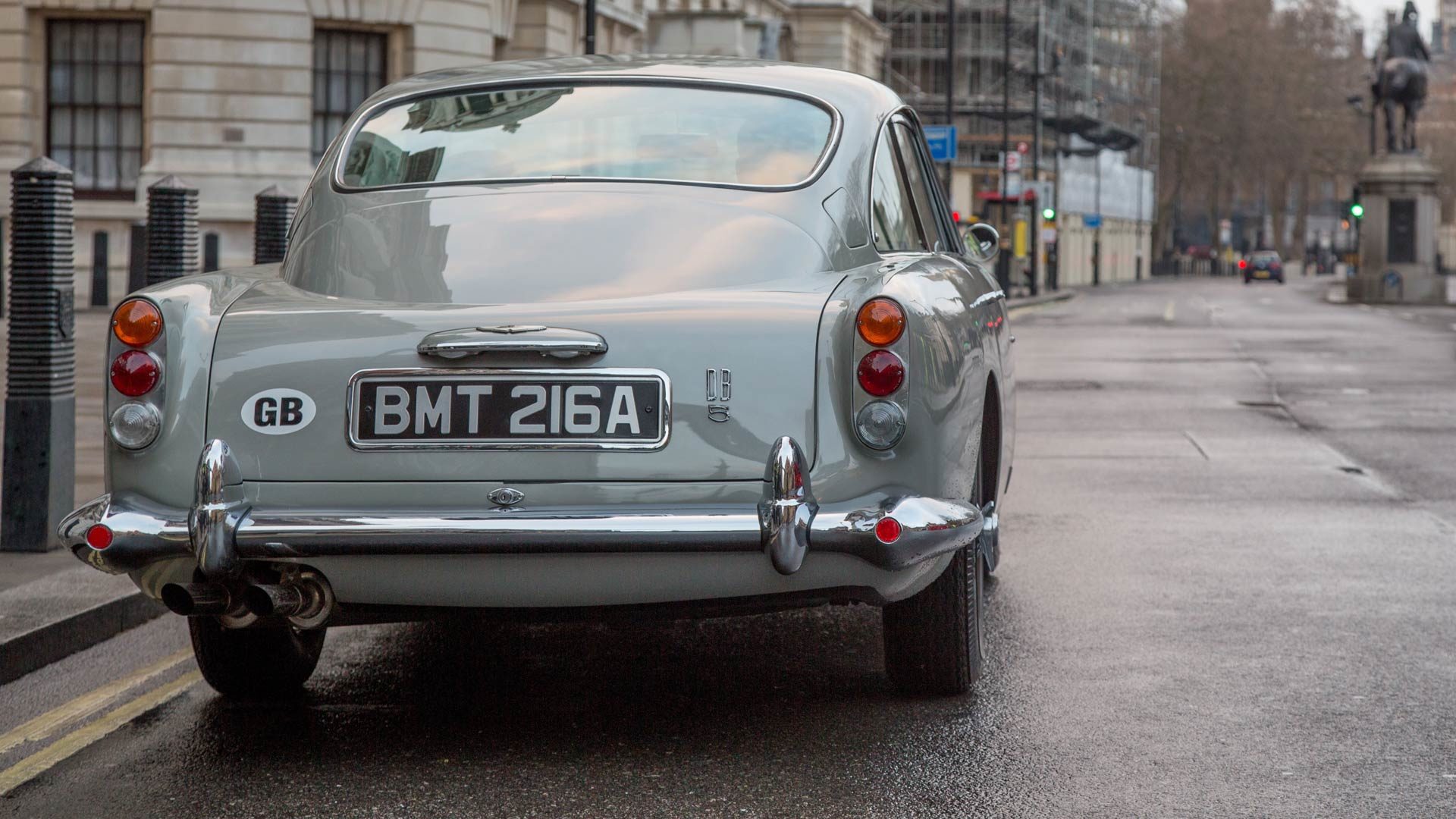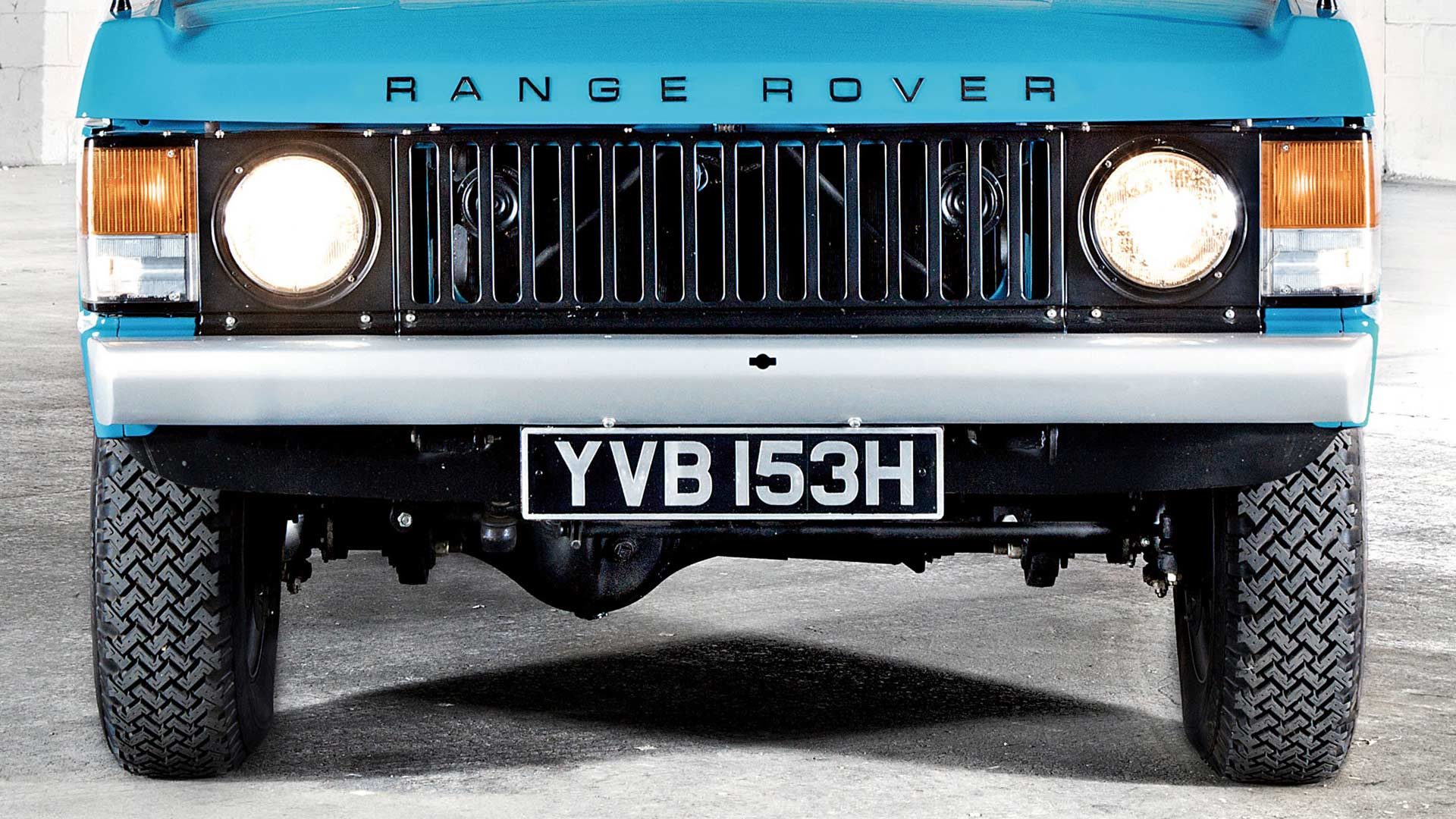
New rules introduced at the start of 2021 have widened the restrictions on which cars can use black and silver number plates.
As of 1 January 2021, no vehicle made after 1 January 1980 will be permitted to display number plates in the traditional pressed metal design.
This is despite the fact some vehicles will continue to be eligible for historic vehicle status, seeing them exempt from road tax and MOT requirements.
‘Unintended consequences’

The Driver and Vehicle Licensing Agency (DVLA) has introduced the new rules, as the result of ‘unintended consequences’ from guidance issued back in 2015.
The cause was an attempt to redefine which vehicles were eligible for historic road tax status. At the time, the DVLA stated that any historic vehicle more than 40 years old would be able to use black and silver number plates.
The DVLA now says this was ‘never the intention’ and has acted to amend the guidance.
It leaves owners of cars made after 1 January 1980 unable to fit the traditional-style plates. This applies even if they are currently registered as exempt from road tax.
EU identifier also outlawed

Those with cars made before 1 January 1980 can still fit black and silver number plates as before. To use these plates, classic car owners must first ensure they have applied to the DVLA for vehicle tax exemption.
Such traditional number plates are typically made from pressed metal, with silver or white letters on a black background. Reflective white or yellow plates became a legal requirement from 1 January 1973.
From the start of this year, the DVLA has also banned the fitment of new number plates with an EU band. Motorists now need to ensure they have a ‘GB’ sticker attached to their car when travelling in Europe.
ALSO READ:
Grey scores hat-trick as UK’s favourite car colour of 2020